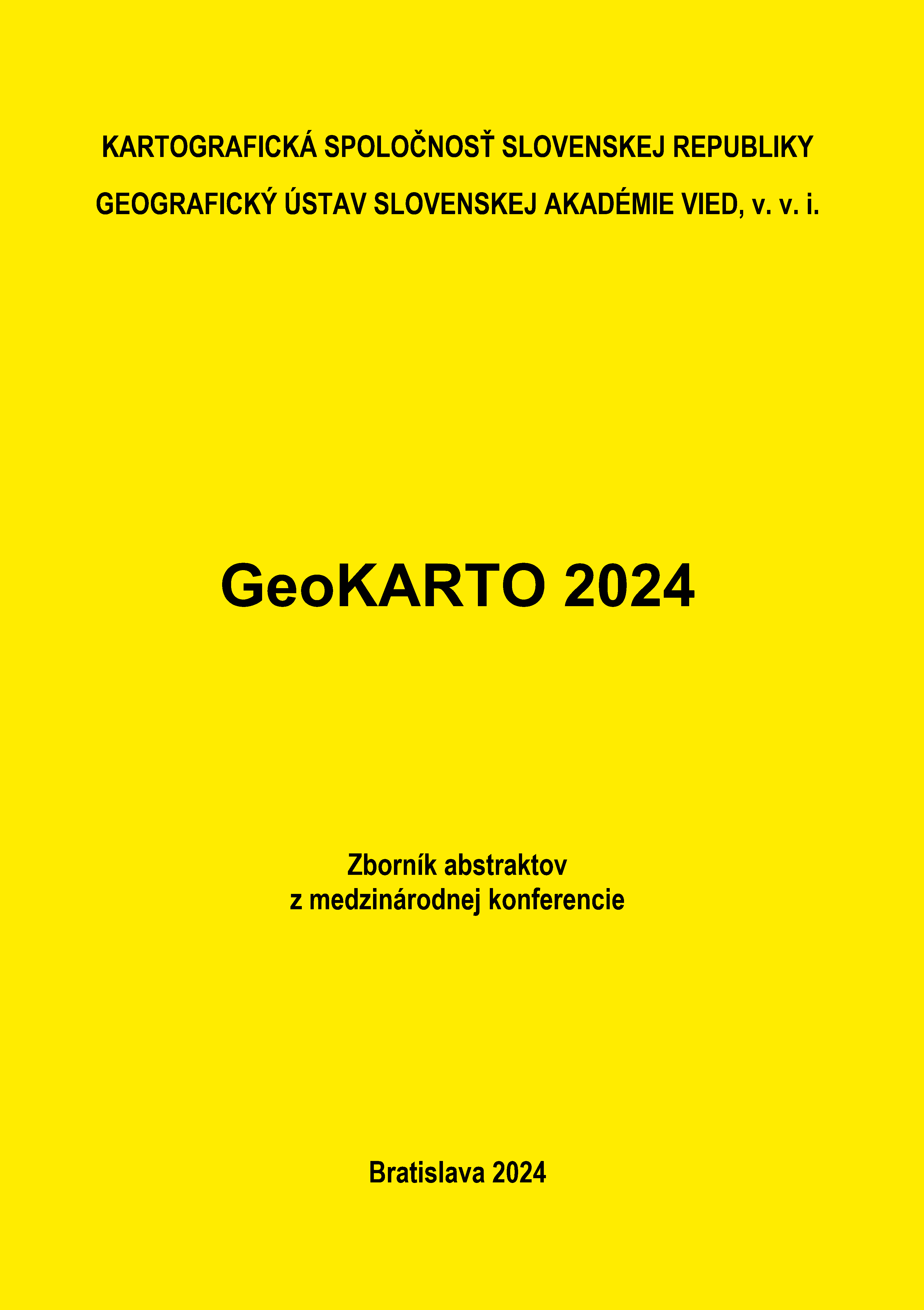COMPARING ACCURACY-BASED INTEGRATION APPROACHES OF LANDCOVER DATASETS OVER THE ALPS AND CARPATHIANS
POROVNANIE PRÍSTUPOV INTEGRÁCIE DATASETOV KRAJINNEJ POKRÝVKY V ALPÁCH A KARPATOCH
Keywords:
land cover, consensus dataset, Random Forest, Alps, CarpathiansAbstract
Recent advancements in remote sensing and image processing have enabled the production of high spatial resolution landcover datasets on continental and global scales. Despite these advancements, these datasets often face limitations in biodiversity and ecology applications due to among-product inconsistency and limited accuracy for specific land-cover classes. This inconsistency is particularly evident in heterogeneous landscapes, such as those found in the Alps and Carpathian mountain ranges. Although consensus landcover datasets are frequently used to address these issues, systematic comparisons of the integration approaches are lacking.
This study aims to compare different accuracy-based integration approaches of 10 meter landcover datasets over the Alps and Carpathians We evaluated three methods – Random Forest, weighted votes, and the accuracy-confusion method – using six landcover datasets standardized to the LUCAS classification scheme. For this task we created a reference dataset consisting of 6,000 points over both mountain ranges and split the dataset to parametrization and validation sets. Parametrization set was used to compute error matrices for input landcover datasets. Then we used the F1 score for each class and each dataset to train Random Forest model and compute weights to weighted votes approach. For accuracy-confusion methodology we compared class specific accuracy and confusion between classes in each error matrix.
Our results indicated that the Random Forest approach provided the highest validation accuracy, although the accuracy-confusion method produced slightly lower accuracy but offered better spatial detail. While the accuracy for marginal classes such as shrubs and wetlands did not improve significantly, our methods yielded notably better results for grassland, woodland, and artificial land classes. These findings highlight the potential of integration techniques to enhance the reliability of landcover datasets, which can inform more accurate ecological and biodiversity assessments in mountainous regions.
Downloads
Published
Versions
- 21.01.2025 (2)
- 03.09.2024 (1)
Issue
Section
License
Copyright (c) 2024 GeoKARTO 2024

This work is licensed under a Creative Commons Attribution-NonCommercial 4.0 International License.

